In an effort to help fellow fruit lovers identify mystery fruits based on their physical characteristics, I originally wrote a post about fruits with black seeds. However, I soon realized this might not be enough after seeing a post on a subreddit where someone was trying to identify a small orange fruit with black seeds.
That inspired me to expand my lists to include fruits grouped by both outer appearance and seed type. And, thanks to that subreddit post, I’ll begin with orange fruits that have black seeds.
So, which orange fruits fit this description? Below, you’ll find a list of such fruits, along with their pictures so you can compare them with your mystery fruit, plus extra details to help you learn more about each one. Enjoy!
1. Papaya

Papaya is one of the most recognizable orange fruits with black seeds. Its soft, sweet flesh is rich in fiber, vitamin C, and antioxidants, making it a healthy choice for digestion and immunity. When ripe, the skin turns golden-orange, revealing the juicy flesh inside dotted with glossy black seeds. Eat it fresh, blend into smoothies, or enjoy in tropical fruit salads.
2. Passion Fruit
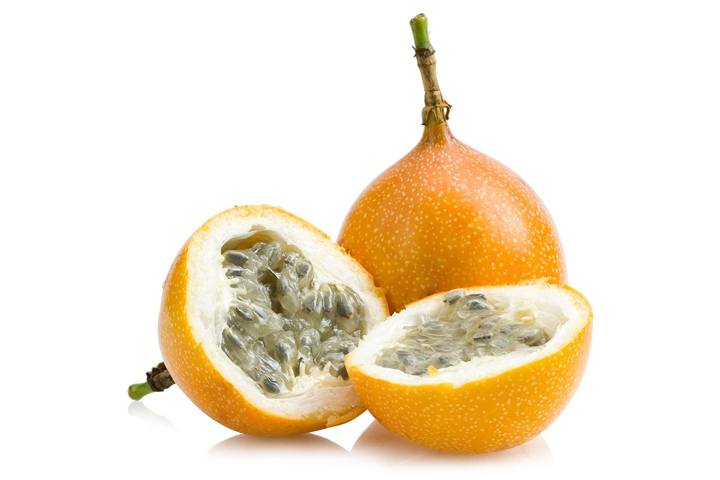
This tropical orange fruit hides a tangy, aromatic pulp filled with crunchy black seeds. Passion fruit is not only refreshing but also packed with vitamins A and C, which support skin, vision, and immune health. Its sweet-tart flavor makes it perfect for juices, desserts, or simply scooping out with a spoon for a burst of tropical goodness.
3. Granadilla
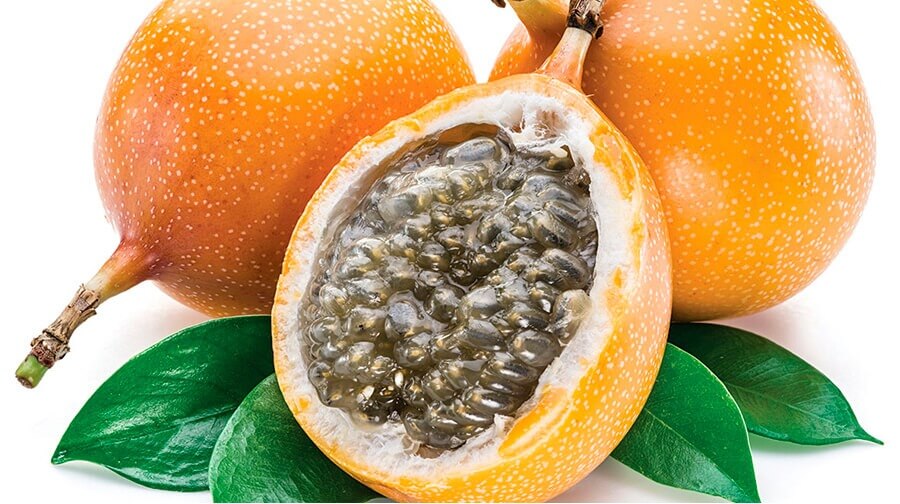
Granadilla is a sweet orange fruit with a smooth rind and a jelly-like center filled with black seeds. Closely related to passion fruit, it’s milder and less tart, making it great for eating fresh or blending into drinks. Bursting with vitamins A, C, and K, plus minerals like potassium and calcium, granadilla offers both tropical flavor and solid nutritional benefits.
4. Canistel (Eggfruit)
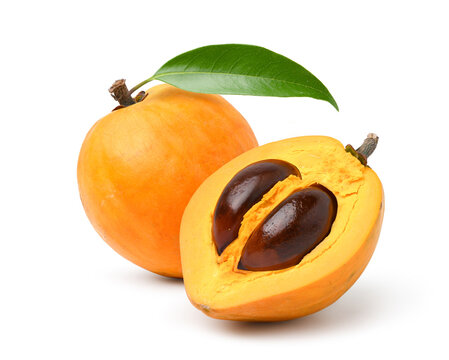
Canistel is a bright orange fruit with glossy black seeds and a rich, custard-like flesh. Its sweet taste and unique texture, often compared to hard-boiled egg yolk, make it popular for milkshakes, custards, and ice cream. Native to Central America, it’s also grown in Asia and the Caribbean, where locals enjoy it as a satisfying, nutrient-rich treat.
5. Loquat
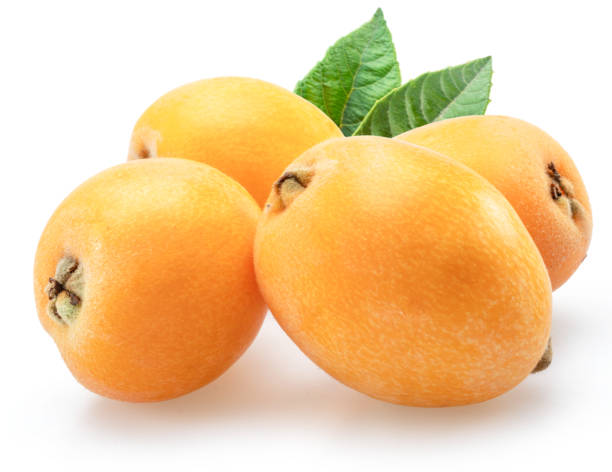
Loquat is a small, round to pear-shaped orange fruit with smooth skin and one to several shiny black seeds inside. The juicy flesh is sweet to mildly tangy and full of vitamins, antioxidants, and fiber. Often eaten fresh, loquats can also be made into jams, pies, or syrups, offering both refreshing flavor and health-boosting benefits.
6. Cassabanana

Despite its name, cassabanana is not a banana but a large, elongated orange fruit with numerous black seeds. Native to South America, it has fragrant, melon-like flesh with a sweet, tropical taste. Besides being eaten fresh, its strong aroma makes it a natural air freshener in some homes. The plant is also valued for its ornamental vines.
7. Guarana
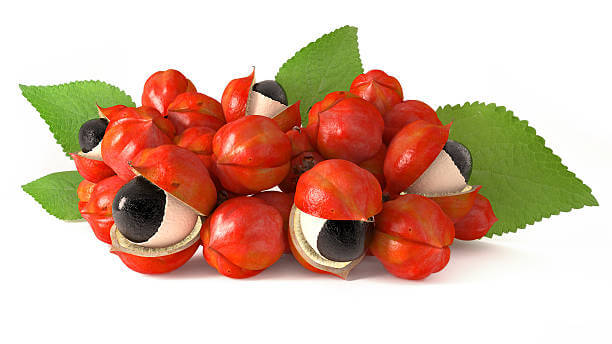
Guarana produces small orange fruits that split open to reveal striking black seeds surrounded by white arils, creating an “eye-like” appearance. Native to the Amazon, its seeds are rich in caffeine and antioxidants, often used to boost energy and alertness. In Brazil, guarana is a popular ingredient in drinks, supplements, and traditional remedies.
8. Red Guard (Trichosanthes pentaphylla)
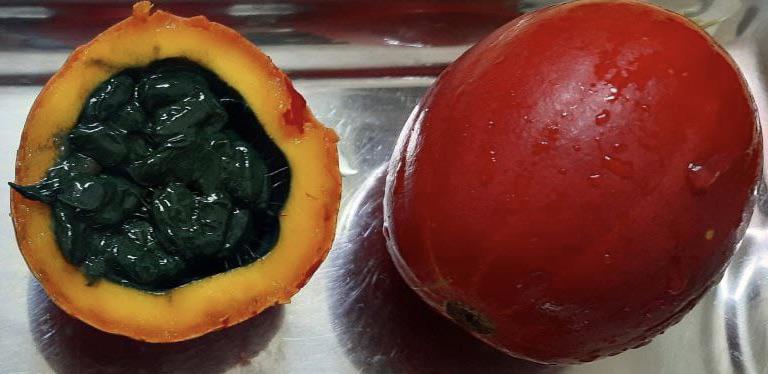
Red Guard is a rare orange-red fruit with black seeds, found only in coastal northeast Queensland. Oval in shape and about the size of a plum, it belongs to the gourd family. While not as widely known as other tropical fruits, it’s admired for its vibrant color and unique regional presence.
9. African Star Apple
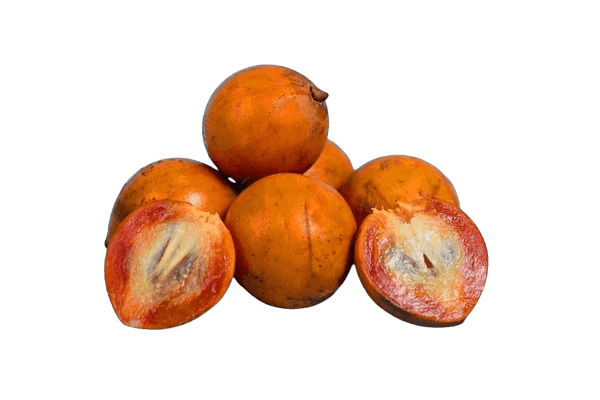
African star apple is a tropical orange fruit with a sweet-tart pulp and shiny black seeds. Native to West and Central Africa, it’s enjoyed fresh as a snack, with some people chewing the skin like gum. Rich in vitamins, minerals, and plant compounds, it not only tastes great but also plays a role in traditional medicine across the region.
10. Jelly Palm
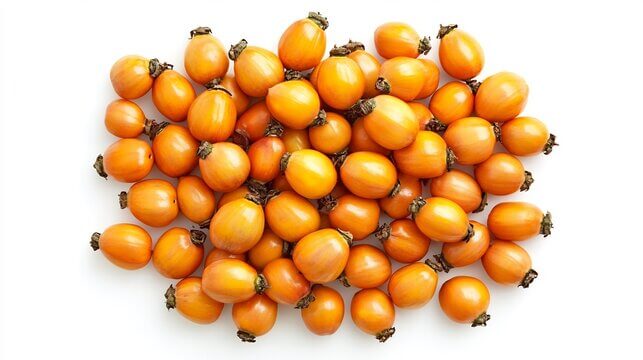
Jelly palm produces clusters of small, bright orange fruits with soft flesh and black seeds. Their tropical, nectar-like flavor makes them a local favorite in parts of South America, where they’re eaten fresh or made into jams and jellies. When ripe, the fruits fall naturally from the tree, creating golden piles beneath the graceful palm fronds.
11. Kahikatea Berry
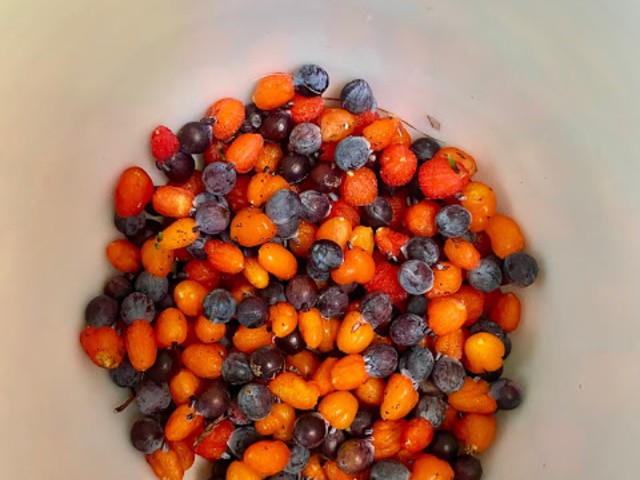
Kahikatea berries, known to Māori as koroī, are striking orange-red fruits crowned with a single black seed at the top. Found in New Zealand’s tallest native trees, they were once a seasonal treat for people and an important food for birds like kererū. Juicy and subtly sweet, these berries are both a cultural delicacy and a wildlife staple.
12. Kangaroo Apple

Kangaroo apple bears small, oval-shaped orange fruits with black seeds inside. Native to Australia, they were traditionally used by Indigenous communities—unripe fruits were cooked to make them safe to eat and for medicinal purposes. While ripe fruits have a mild, tomato-like flavor, they are best consumed in moderation due to their alkaloid content.
13. Kalumpang (Sterculia foetida)
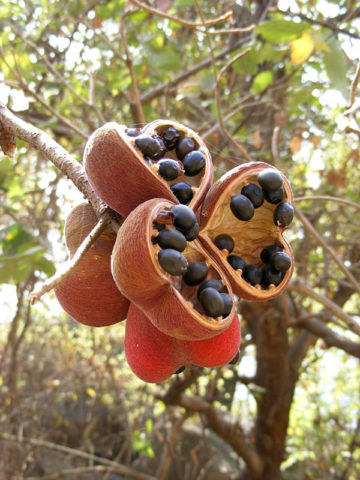
Kalumpang produces unusual, pod-like orange fruits that split open to reveal shiny black seeds. The seeds have an oily, peanut-like taste and can be eaten after cooking, though raw ones may have a mild laxative effect. Native to tropical Asia, Africa, and Australia, this tree is valued for its edible seeds as well as its medicinal and ornamental uses.
14. Mamey Sapote
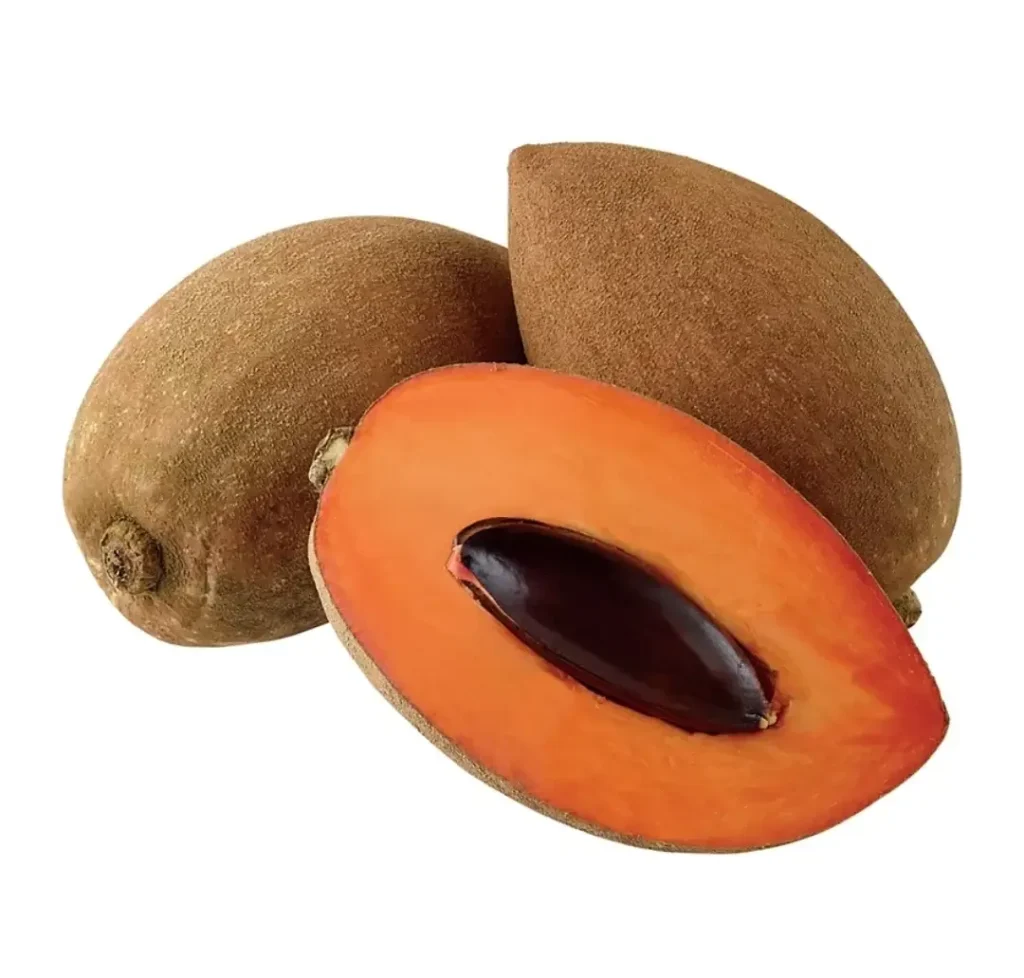
Mamey sapote hides its vibrant orange flesh beneath a rough brown skin, with a large glossy black seed in the center. Sweet, creamy, and rich in nutrients, it’s a beloved fruit in Mexico, Central America, and the Caribbean. Often eaten fresh or blended into smoothies and ice cream, it delivers a tropical flavor reminiscent of pumpkin, sweet potato, and almond.
Check out Other Fruits with Black seeds:
